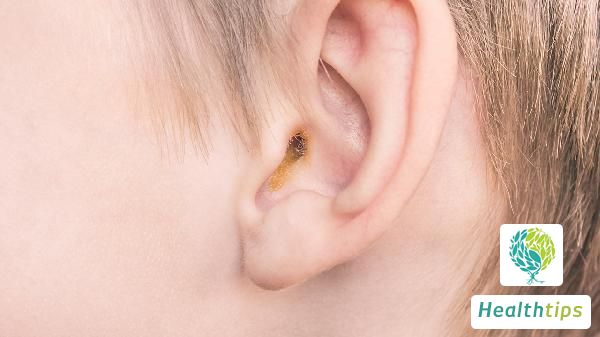How to Treat Peeling Skin on Feet?
Peeling skin on feet generally refers to the peeling of skin on the feet. This symptom requires targeted treatment based on the underlying cause. It is often considered to be caused by pompholyx, but it could also be due to tinea pedis, contact dermatitis, eczema, or other reasons. It is recommended to adopt appropriate treatment methods after diagnosis.

1. Pompholyx
Exposure to irritant substances and high environmental temperatures can stimulate the appearance of vesicular skin diseases on the soles of the feet and both sides of the toes. Patients with this condition may also experience symptoms such as peeling and pain. It is recommended to use medications such as Triamcinolone Acetonide Urea Ointment, Tacrolimus Ointment, and Calamine Lotion under the guidance of a doctor to alleviate inflammation and promote recovery. During the treatment period, it is important to keep the skin clean and wear cotton, loose, comfortable, and breathable shoes and socks.
2. Tinea Pedis
Excessive sweating and close contact with infected individuals can lead to fungal infections and skin inflammation. Patients may experience symptoms such as skin lesions and scales. It is recommended to use antifungal medications such as Terbinafine Hydrochloride Cream, Salicylic Acid Ointment, and Itraconazole Capsules under the guidance of a doctor. It is also important to maintain good hygiene habits, avoid close contact with others, and follow doctor's instructions for medication.
3. Contact Dermatitis
Exposure to allergic substances such as hair and pollen can lead to chronic skin inflammation, manifesting as symptoms such as dry and red skin. It is recommended to use anti-allergic medications such as Zinc Oxide Ointment, Loratadine Capsules, and Cetirizine Hydrochloride Capsules under the guidance of a doctor. It is also important to identify the allergen, avoid further exposure, and properly care for the skin.
4. Eczema
Exposure to irritant substances and genetic factors can affect internal and external triggering factors, leading to inflammation of the superficial dermis and epidermis. During disease flare-ups, patients may experience symptoms such as lichenification and papulovesicles. It is recommended to visit the hospital for early diagnosis and take medications such as Prednisone Acetate Tablets, Vitamin C Tablets, and Halometasone Cream under the guidance of a doctor. Close attention should be paid to skin lesions, timely medical attention should be sought, and a bland diet should be maintained.
In addition to the above causes, peeling skin on feet could also be due to psoriasis, which is often caused by inflammatory infections, skin damage, and other reasons. Psoriasis is a chronic, recalcitrant, and easily recurrent immune-related skin disease that typically manifests as plaques and itching. Patients with psoriasis need to use medications such as Methotrexate Tablets, Azathioprine Tablets, and Calcipotriene Ointment under the guidance of a doctor to inhibit skin cell proliferation. During treatment, it is important to maintain a positive mood, rest, and have regular follow-up exams.



















